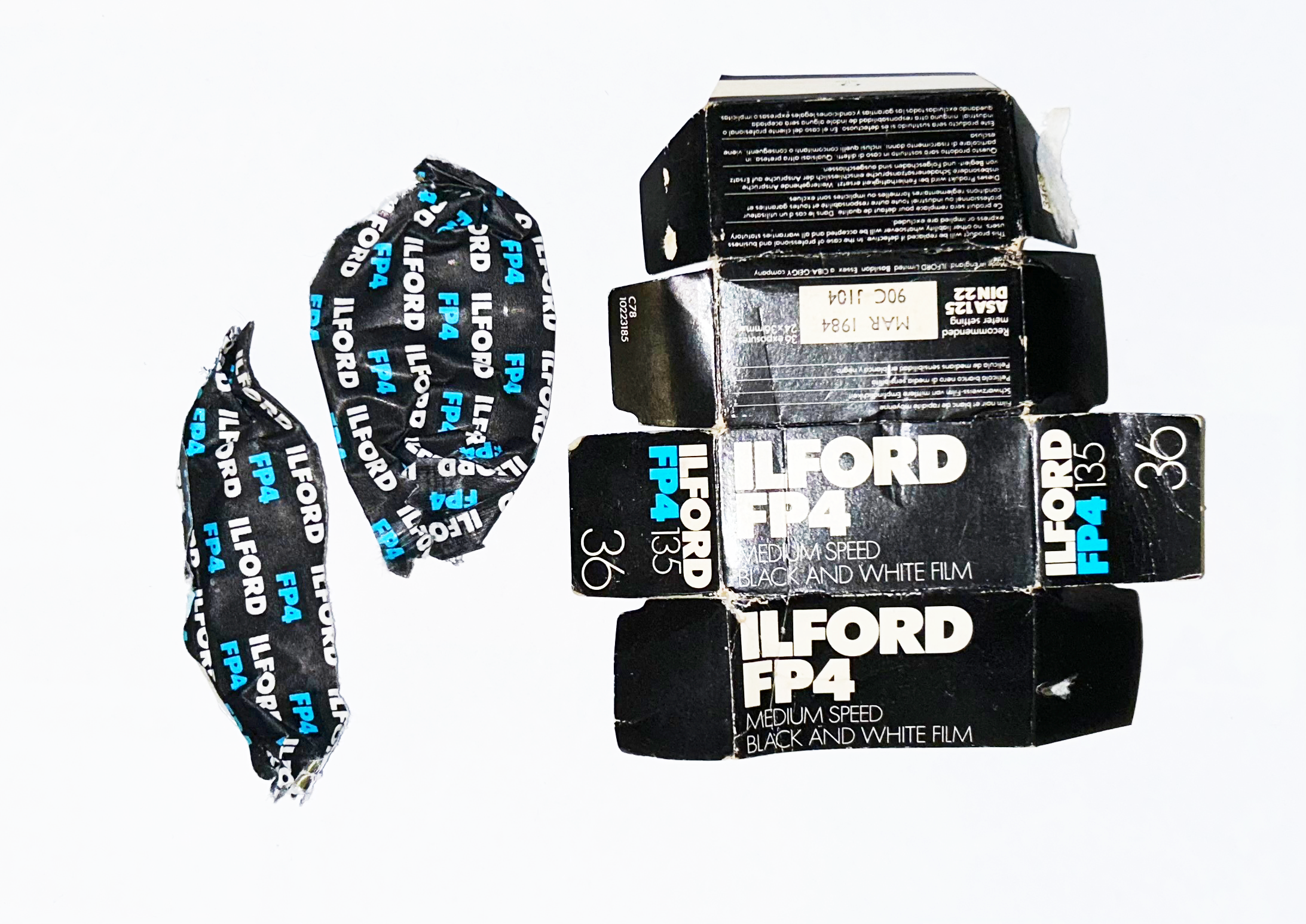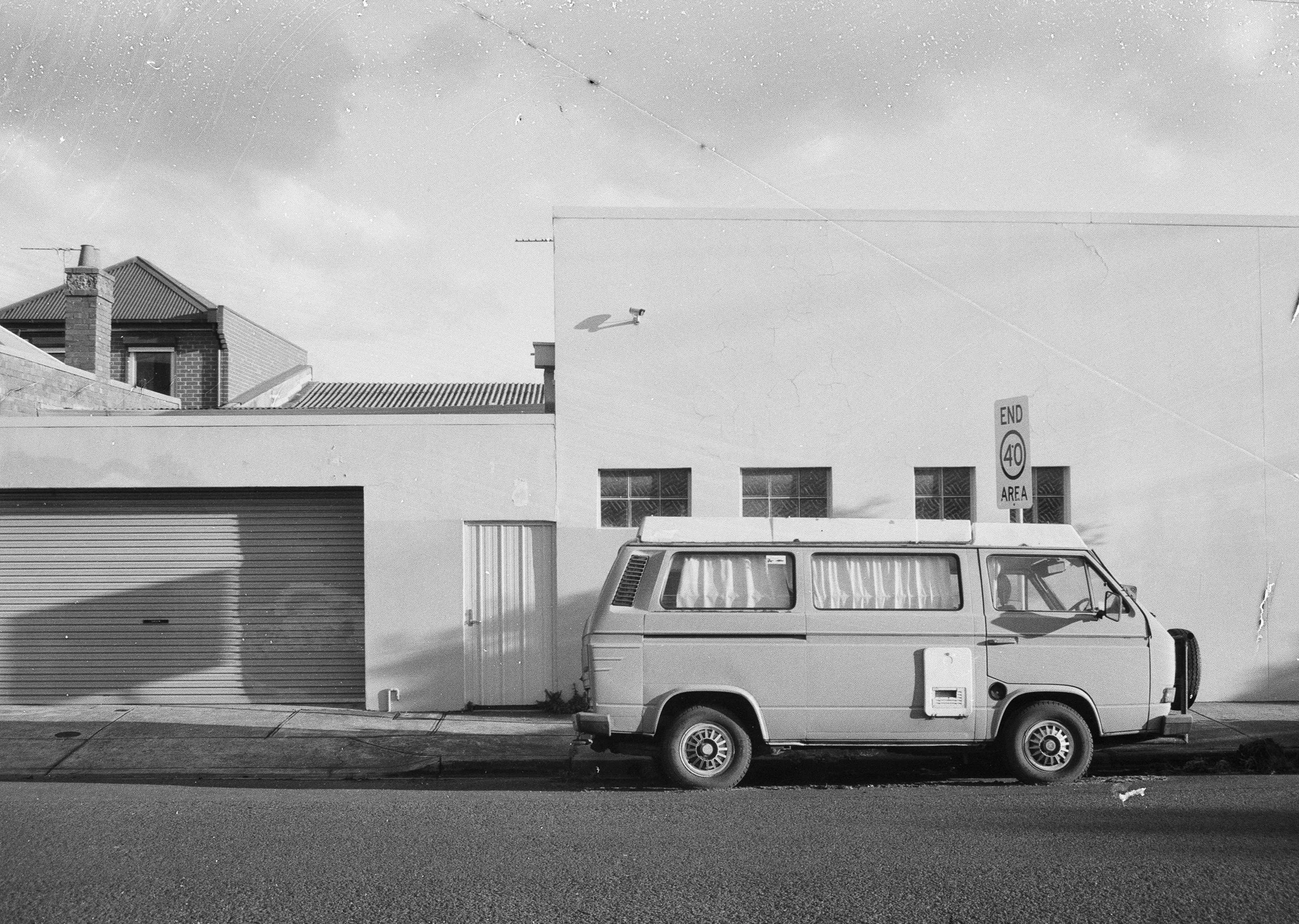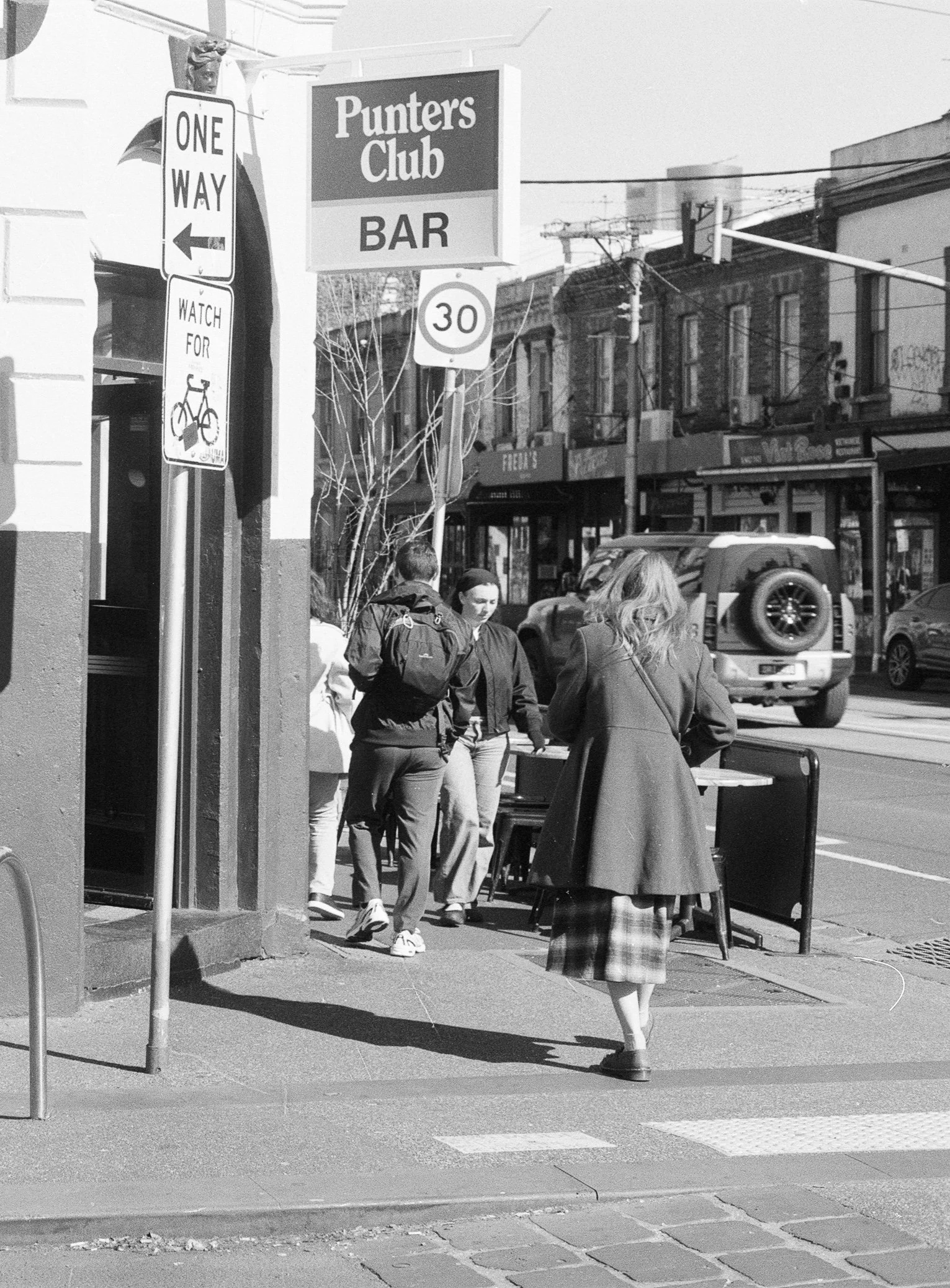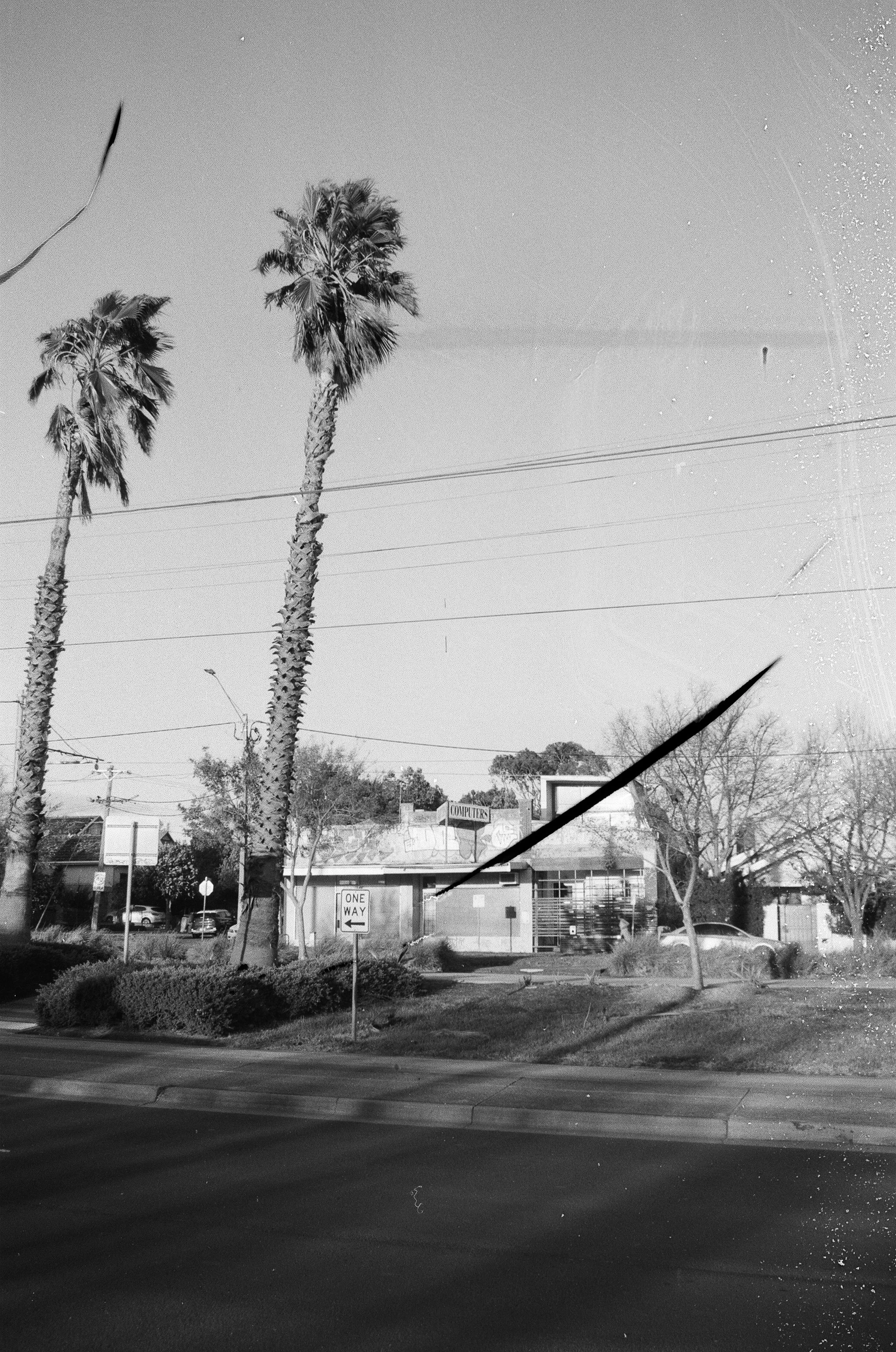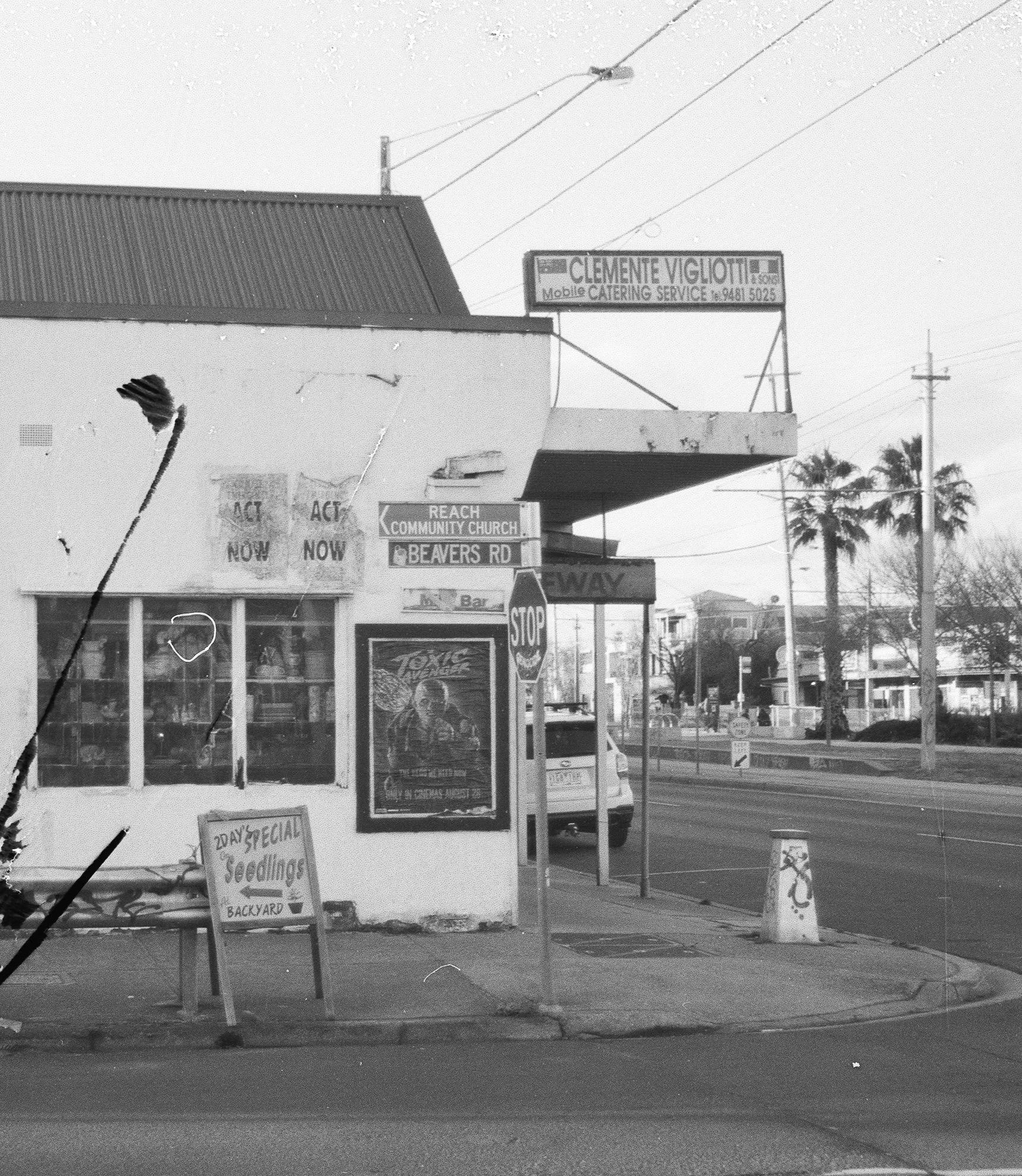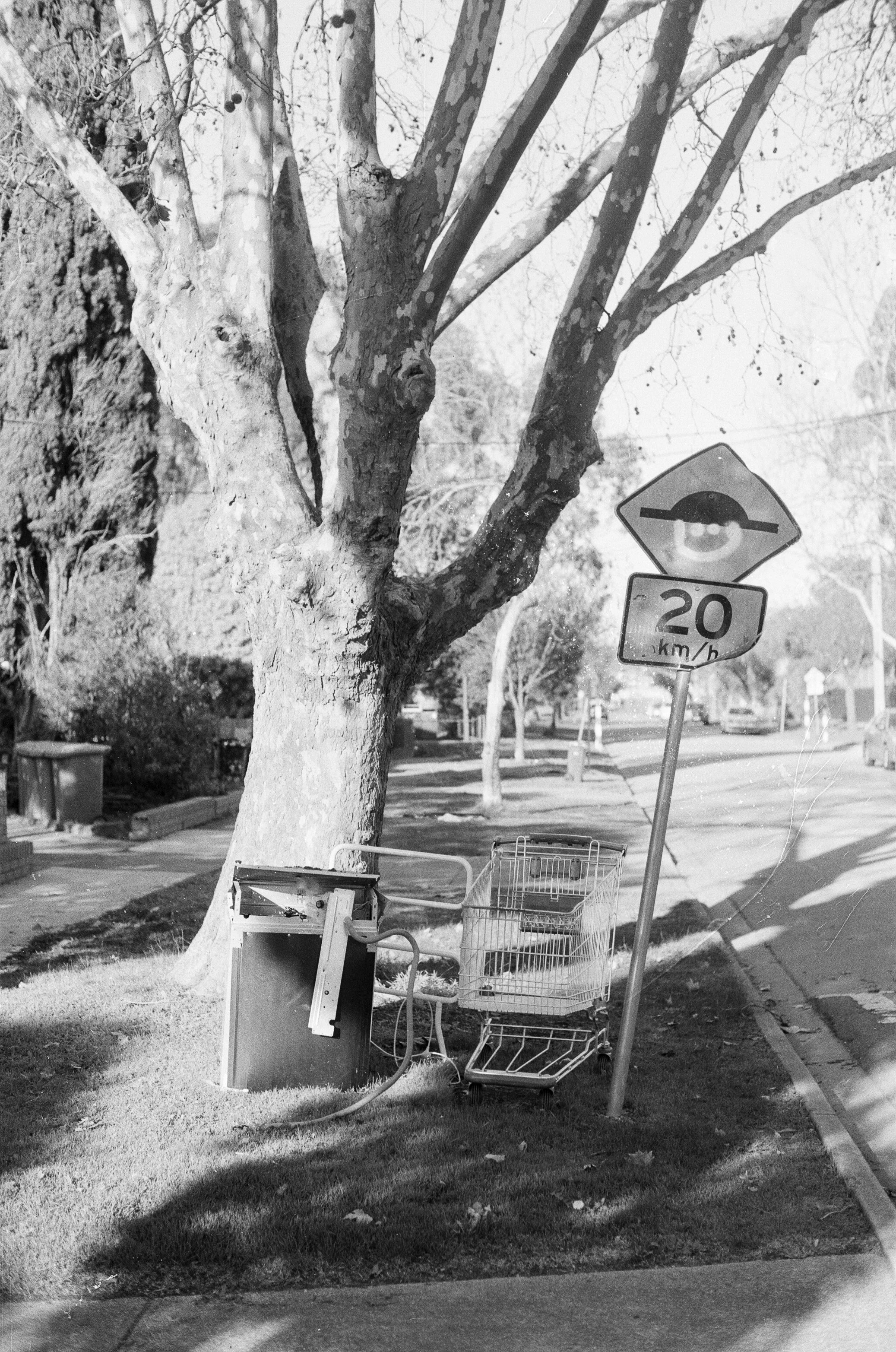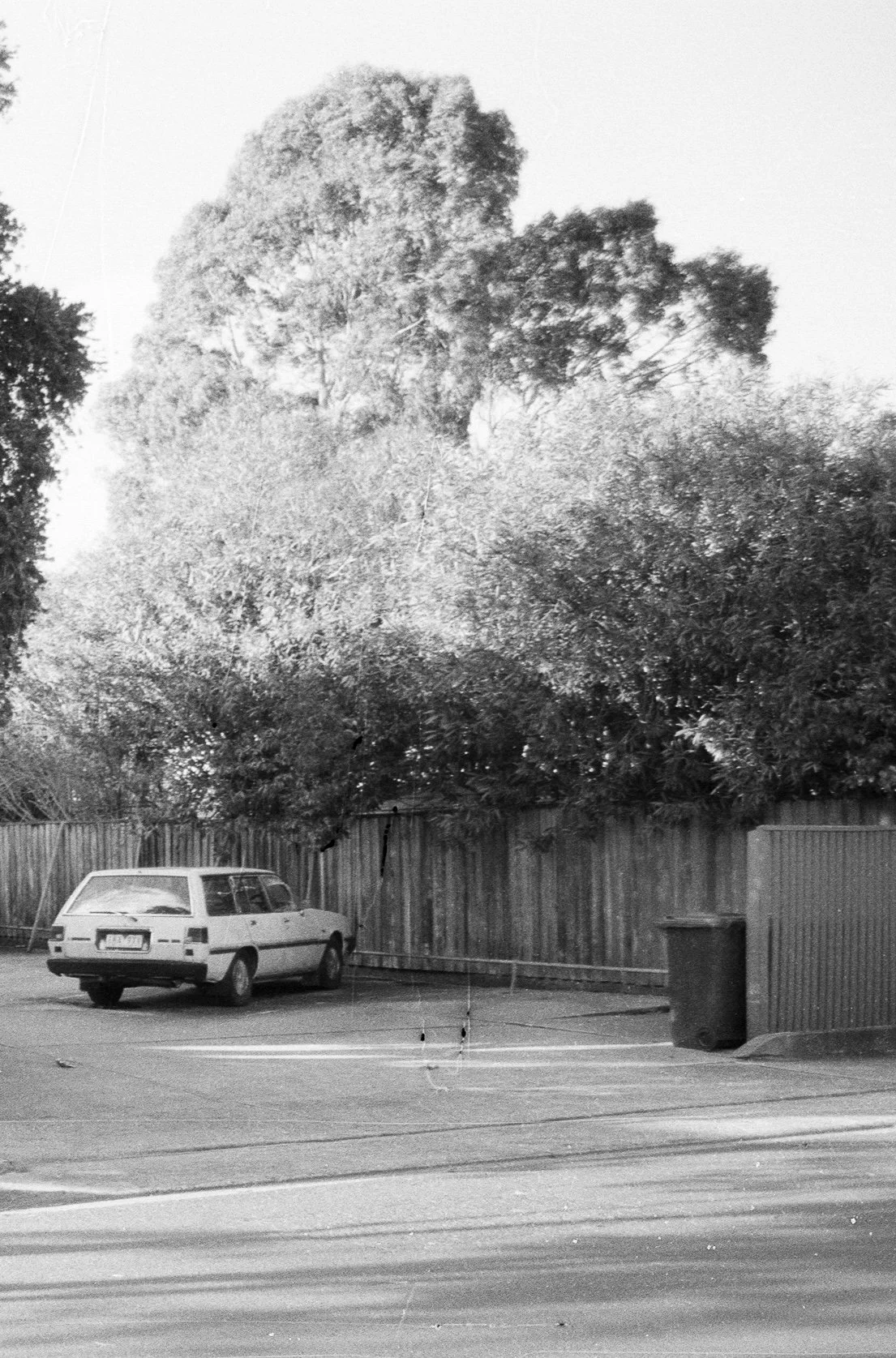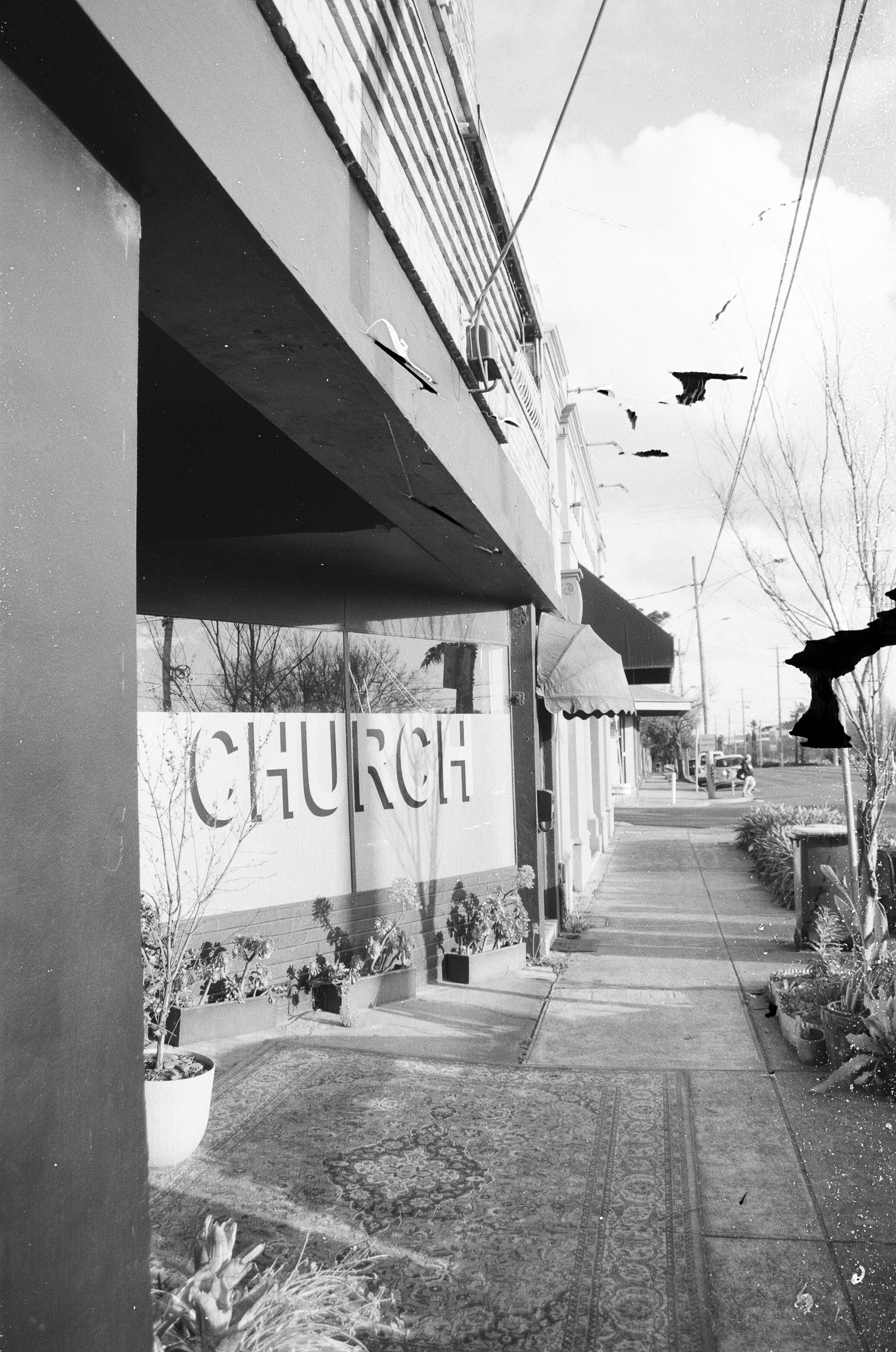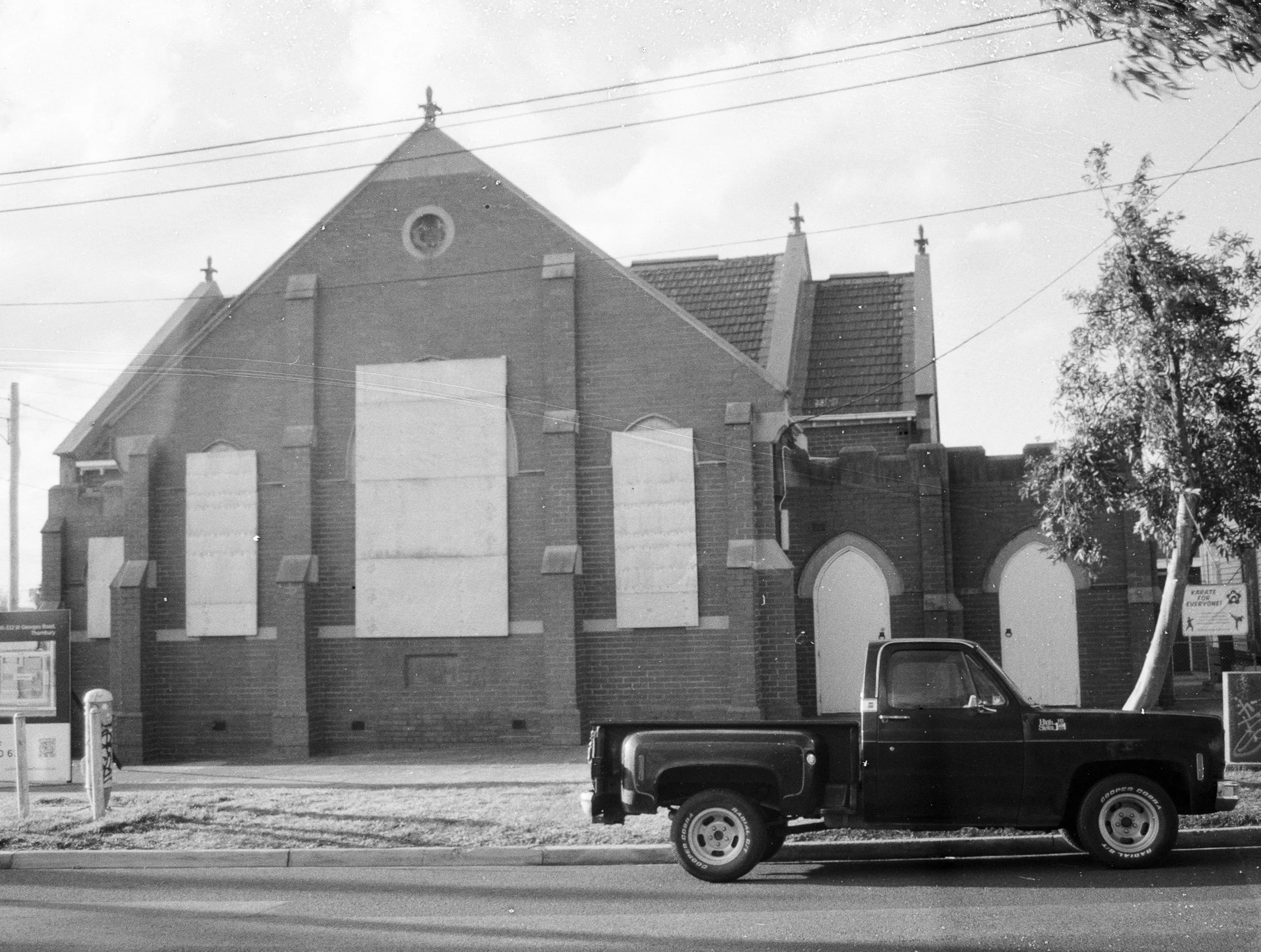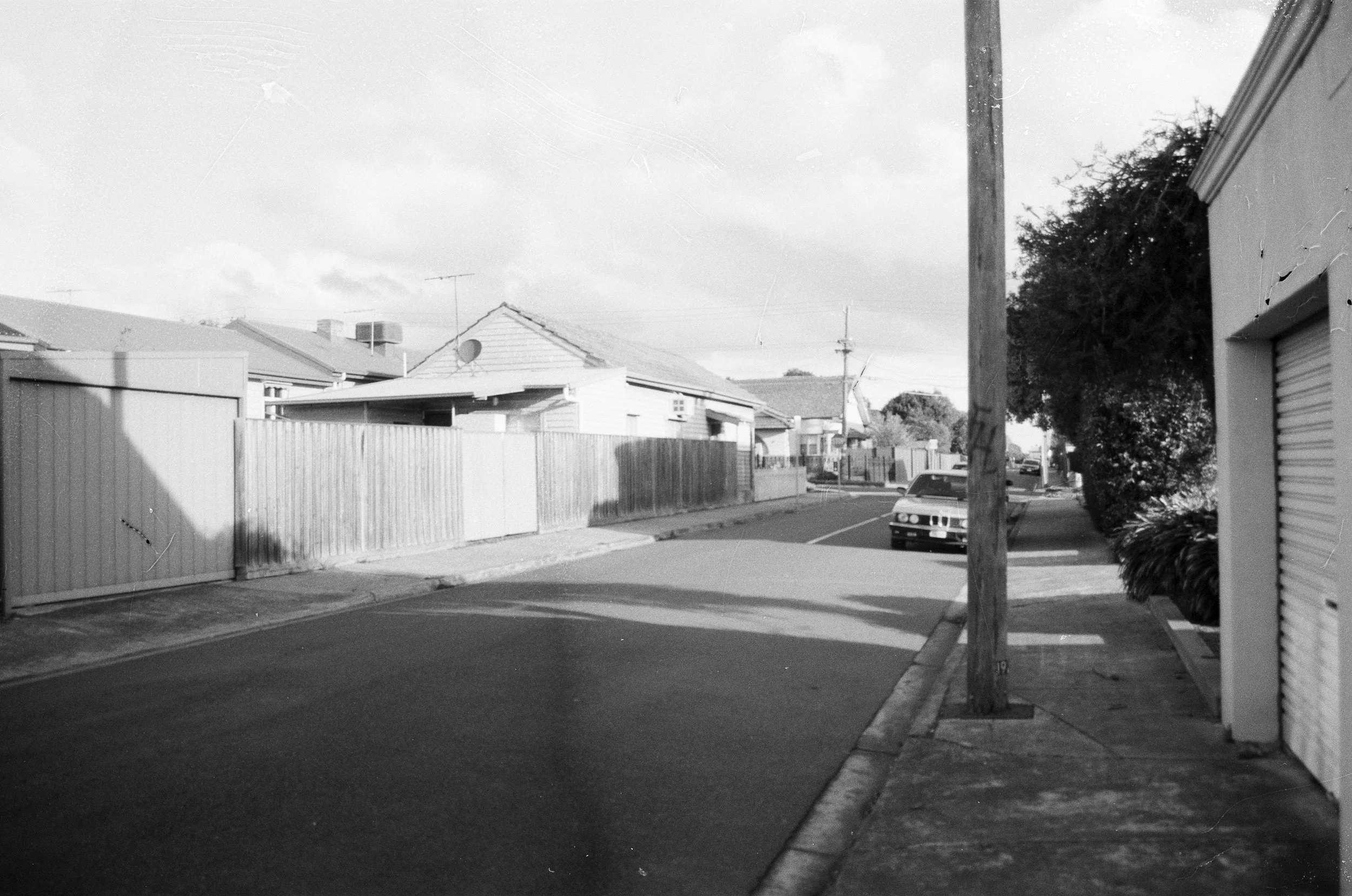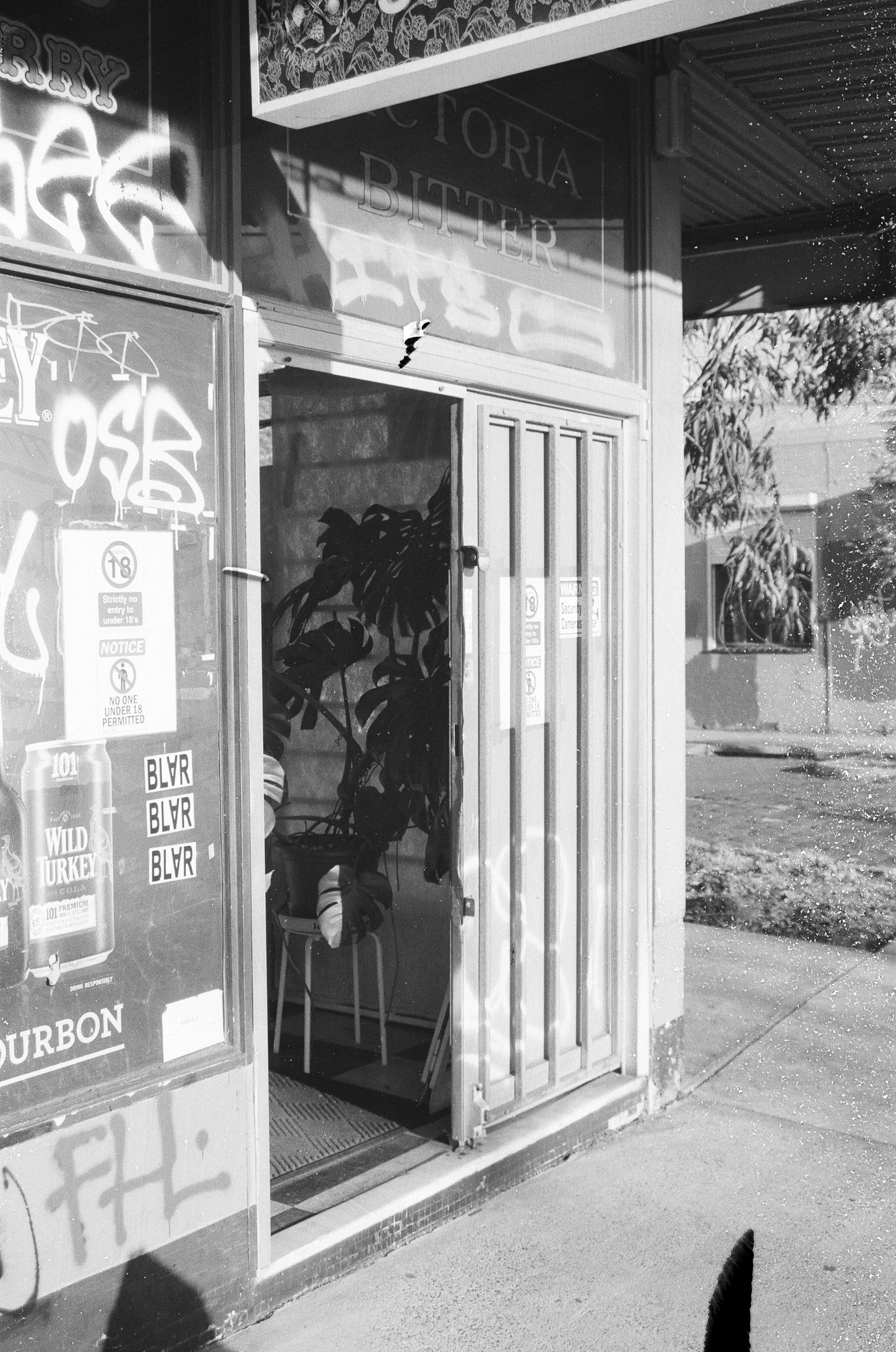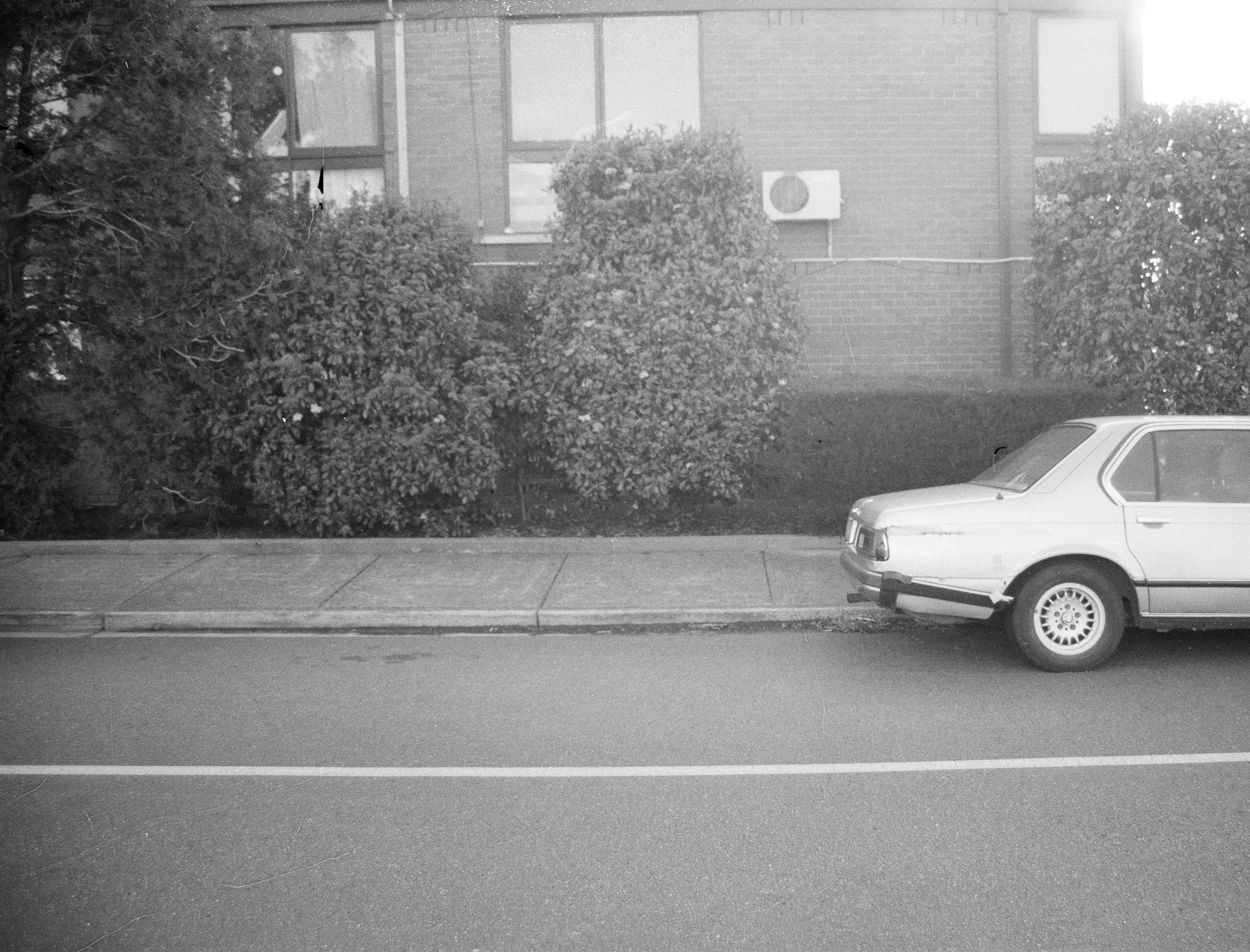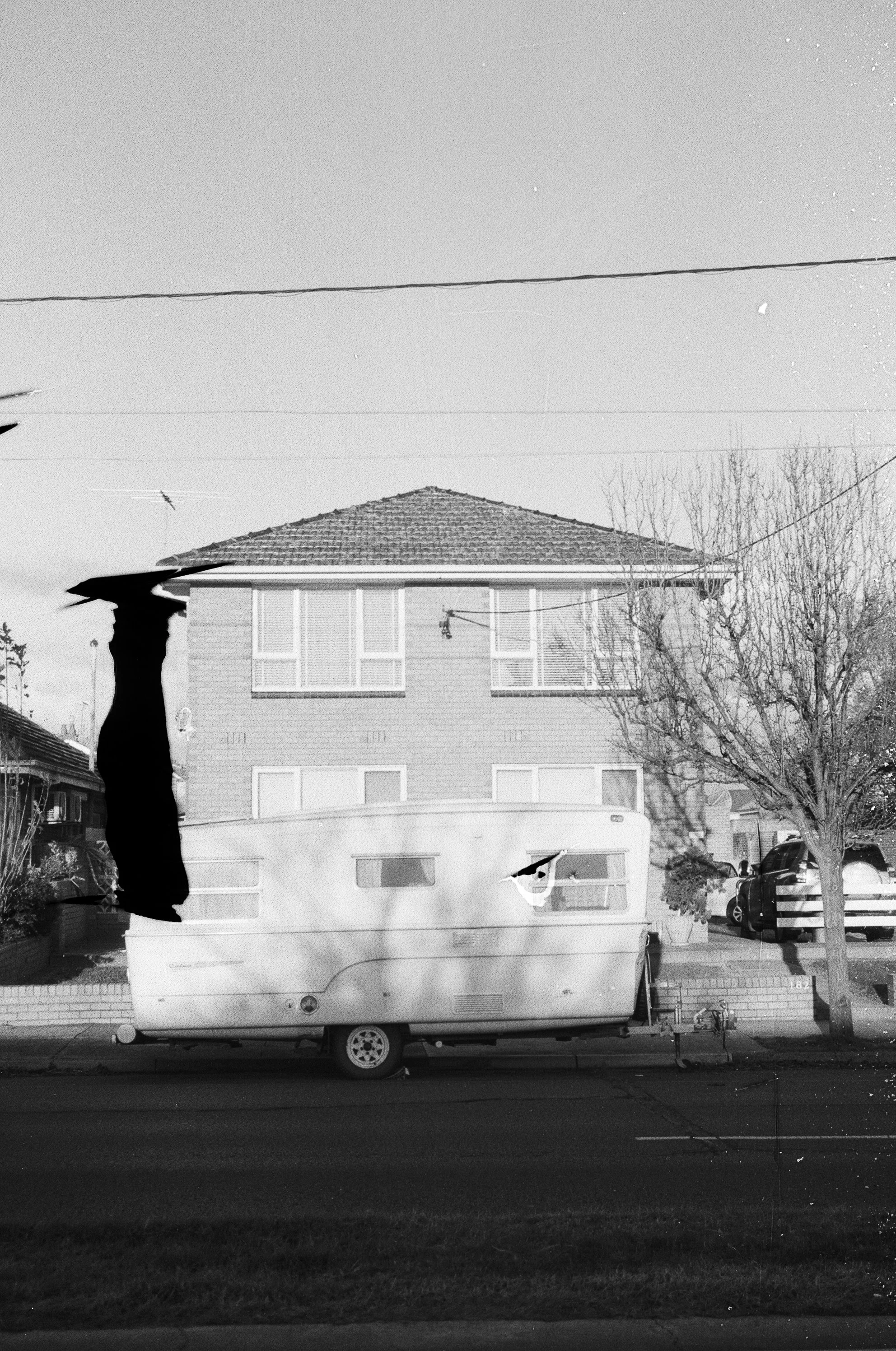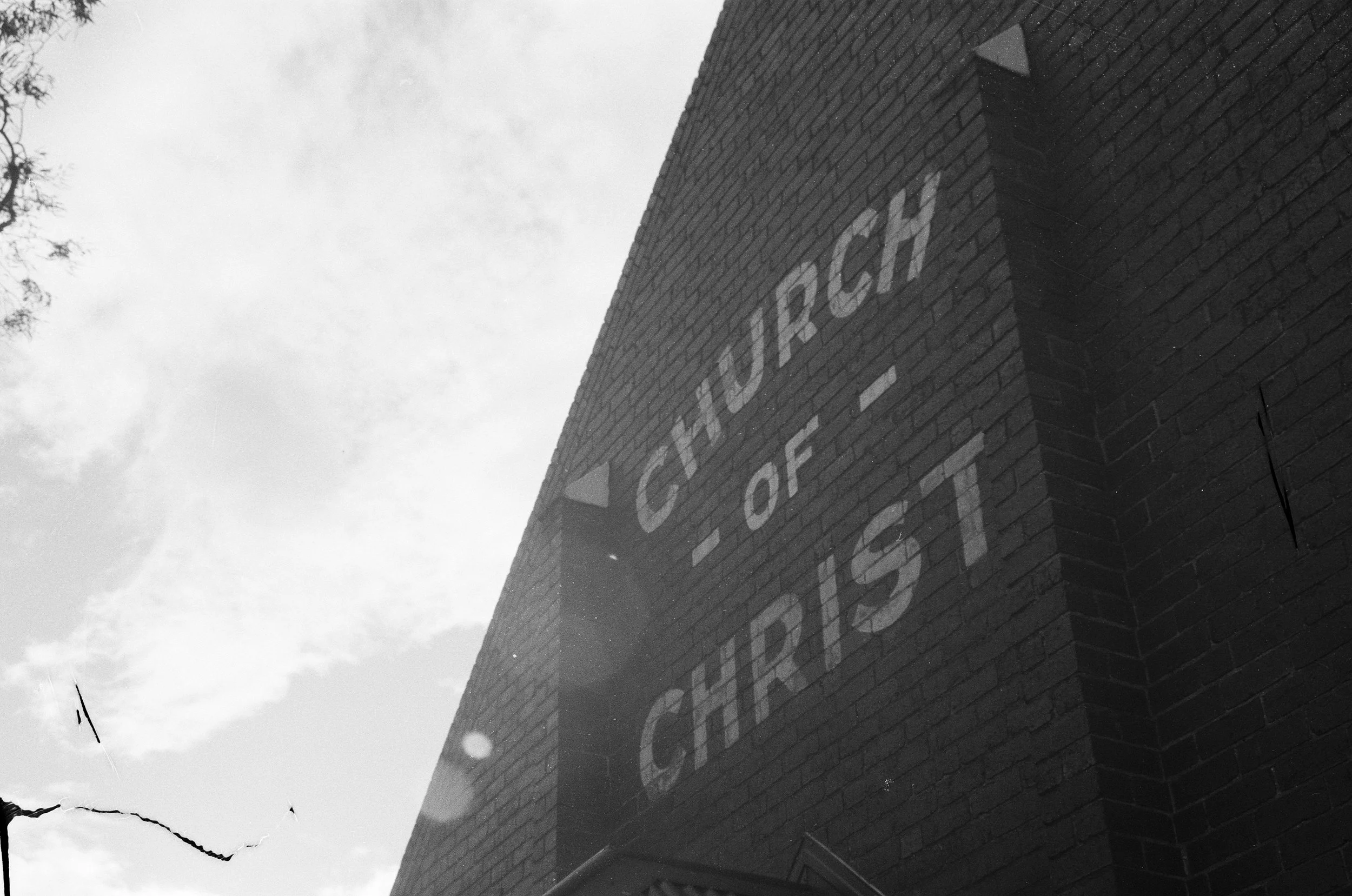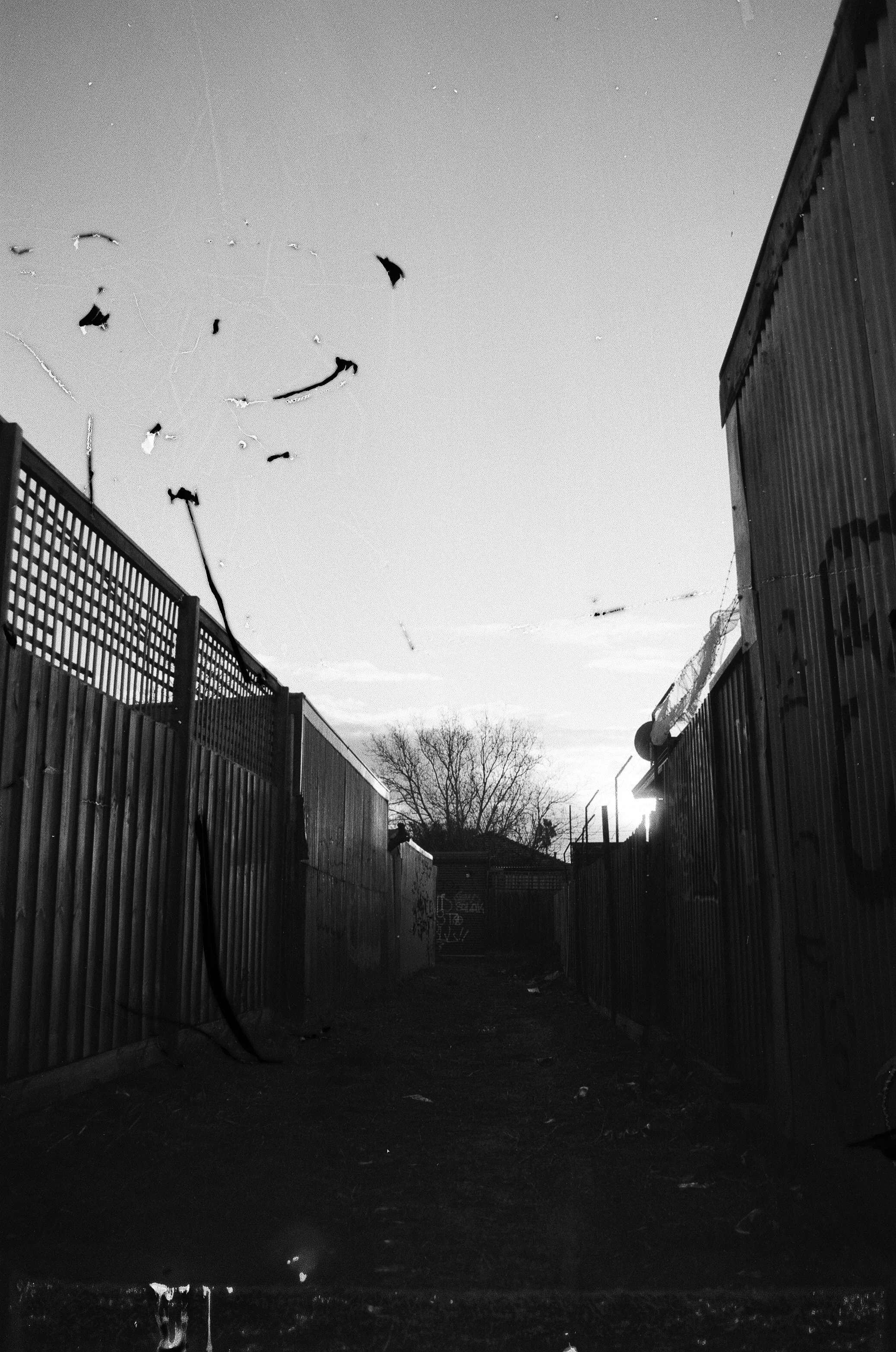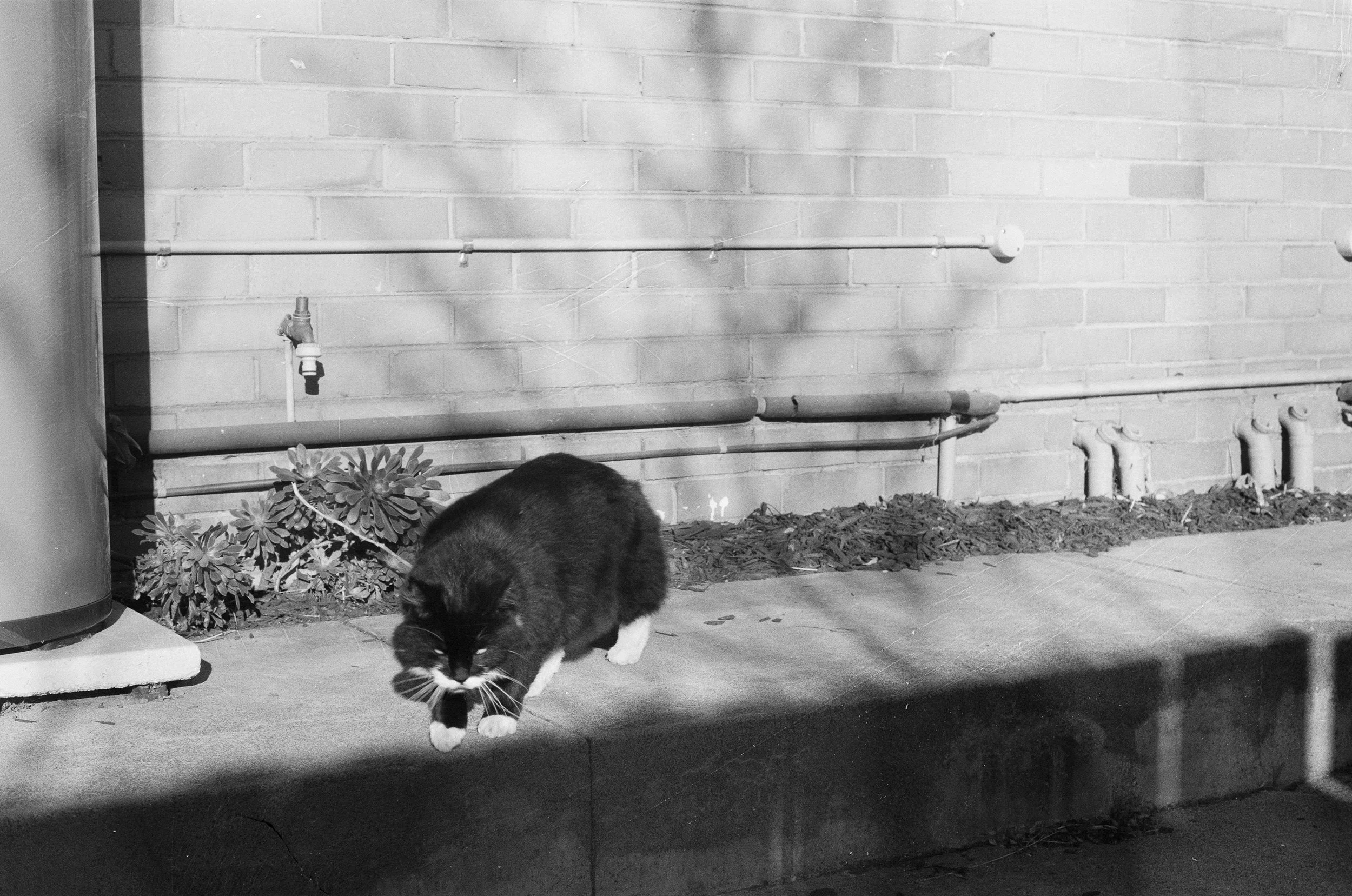41 Year Old Expired Ilford FP4
Op shops, some call them thrift shops, Thanks the to broader country Australian vernacular and where I grew up, I referred to a charity shop as an op shop. I won’t adapt my slang to the north American pop culture name of “thrift shops” or to even dare call them the by the shop’s charity company name. My great grandmother volunteered at one so growing up I spent a lot of school holidays there. I gravitate towards them, naturally. On a recent browse of an op shop in Collingwood I found three rolls of 35mm Ilford FP4 and one 120mm roll of the same film, a dollar each and expired in 1984 as well as a cassette tape of Home Sweet Home by Doc and Merle Watson found after the unsolicited advice of a passerby.
“you won’t find anything good in there”
Although Doc Watson is more blues than he is bluegrass or folk (argue with me I can demonstrate the music theory to prove it), I first into delved into Old timey and folk music through the artist Margret Kilgallen, she spoke of heroines, mentioning the banjoist Matokie Slaughter. as well as Artist Robert Crumb who has a large collection of said records. From there on I did my own digging into old time music coming across artists such as Roscoe Holocomb, Hobart Smith, Frank Proffitt, Bascom Lamar Lunsford, Dock Boggs. I could Probably write an essay on how Interesting some of these people are in contrast to contemporary society and the culture of people that historically come from turbulent places and constant displacement. One can trace back old timey, country then eventually bluegrass to the ballads that came from the border reivers in the border regions of Scotland and England in the 13th to early 17th centuries. their ballads are full of the miseries of an uncertain life such as betrayal, bloodshed and heart break. Until James VI of Scotland, I of England said to the border reivers that’s it, no more reiving! death or the Ulster plantation! click here to hear a ballad that words that historical moment a bit better and may help you understand whenever you see that internet click bait of the outdated law in Langholm. Scotland “any Armstrong is to be hanged” in Ulster they were used as a colonial buffer. all I will say is tiocfaidh ár lá. Here they faced more hard times and their music especially fiddling took on more Celtic styles. On the move again from Ireland to the new world of America they slapped “Irish” after Scotch to distinguish themselves from the actual Irish also emigrating to America in the 18th century to escape the same thing, religious persecution and famine. Please do some further reading on an Gorta Mór. In America they met enslaved people from Africa which introduced these hillbillies to the banjo, that’s right the banjo is actually an African instrument white people just made an absolute mockery of it. In the rugged and isolated Appalachian Mountains again being used as a colonial buffer from the Delawares, Shawnees, Cherokees and the Susquehannocks. They managed to keep their turbulent lifestyle and ballads of violence, betrayal, tragedy and longing for home going strong. A lot of these ballads were cataloged by Francis James Child in the 1800s and are now referred to as the Child ballads and detail tragic romances, supernatural tales and my personal favorite, the murder ballad. These ballads would baffle the average music listener as these are more about a narrative and a moral lesson and comes from a pre-written time of oral traditions with songs having 20 or more verses and variants, See this chopping and changing or early sampling explained by Roscoe Holocomb on Pete Seeger’s Rainbow Quest where before playing graveyard blues Holocomb says “this is a tune where I just took verses from one song to another and make them one to suit me, may not suit anyone else but it suits me” these ballads only became shortened with the invention of the 78 rpm shellac disc as 20 or more verses won’t fit into 3 to 5 minutes.
So anyway now the film itself. Some prior reading was required as this is a first time shooting film expired by that many years. I loaded the film in my Pentax K1000, set the ASA to 20 and shot at 1/60th so please appreciated the steady hand as well as the unpredictable deterioration of the film. the lab informed me the black spots are where the film has stuck to itself damaged the negative all be it because of the age
